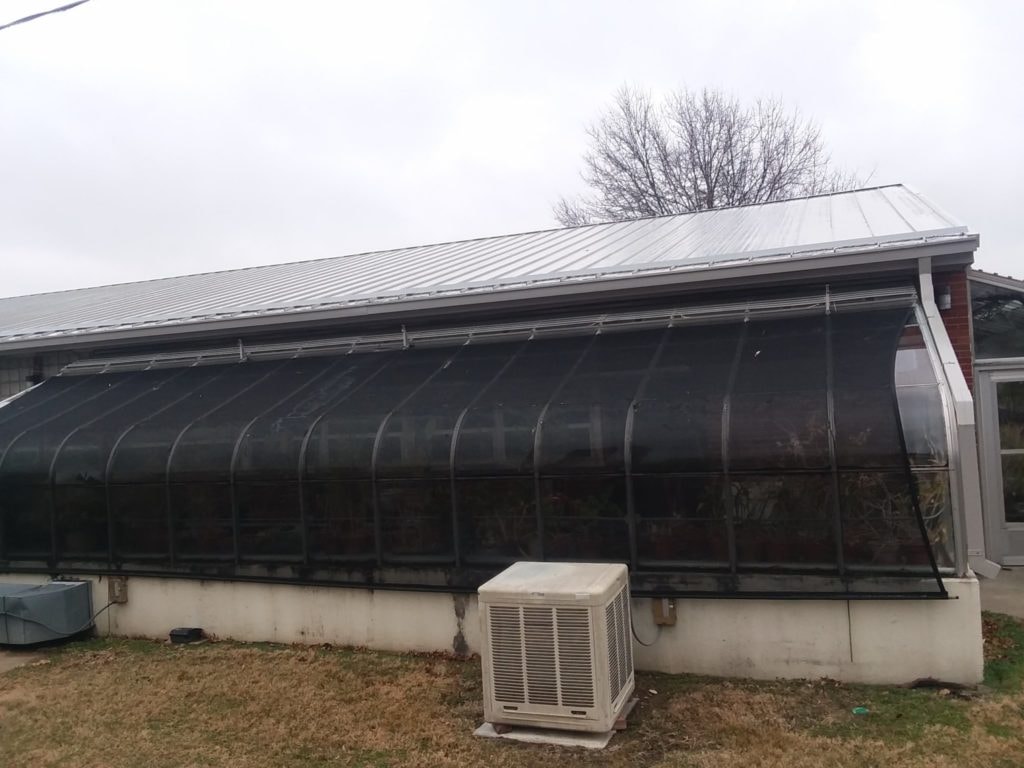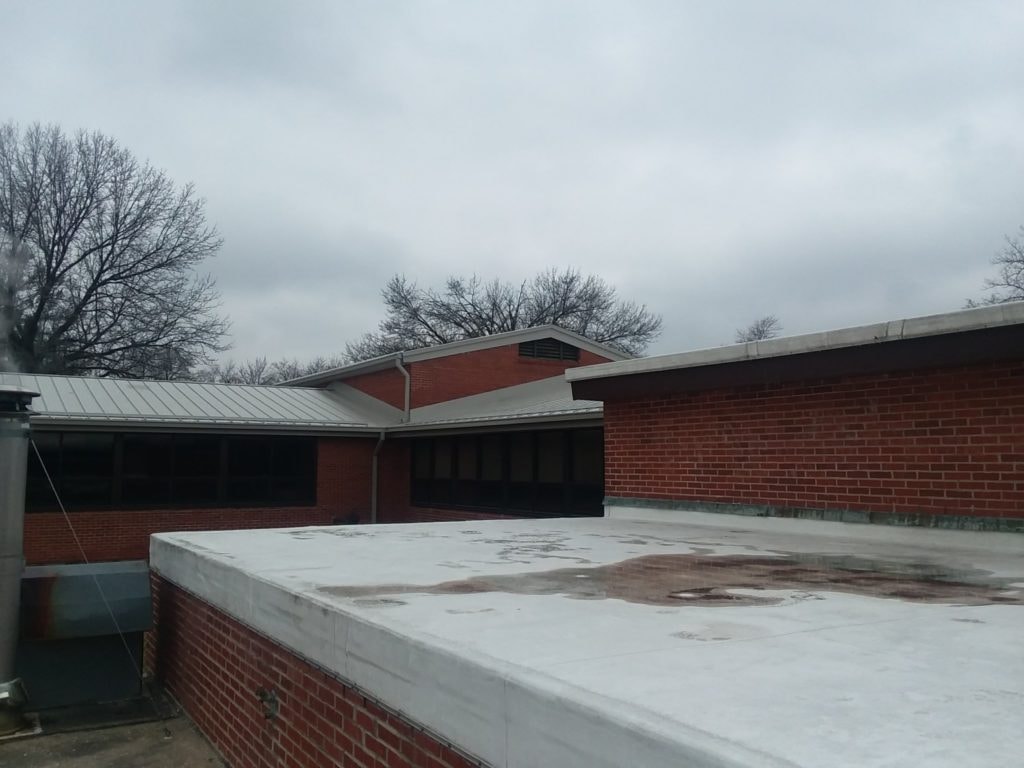Blackburn College has been looking into renewable energy for the campus for over a year, according to Vice President for Administration and Finance Steve Morris. Currently, they’ve narrowed it down to a solar array that would cost $3.5 million. To put it in perspective, the Woodward Fitness Center cost the school $1.8 million dollars, and this solar array is almost double that cost. This project was initiated by the Board of Trustees and is now being delegated through many channels of the campus. It all circles back to the Board of Trustees in the end, as they have the final say on what gets approved and what doesn’t.
After a significant amount of research, the planning of this project is in its final stages. It is going to be a ground-mounted solar array with multiple panels in sequence and will run on a current electrical system. The solar panels are expected to take up half of the practice soccer field and have a lifespan of about 25 years.
Even though the array will cost millions of dollars, director of physical plant Sam Harding said, “The cost is parallel to the size of the product.” Blackburn will have to take out a loan to cover the entirety of the project, including the installation and upkeep, but Morris said the return of interest will be significant and the loan should be paid off in less than five years. Electricity takes up two-thirds of the campus’ utility bill, and producing their own solar energy will eliminate that cost. The return of interest will come from more than just saving $278,053 per year on an electric bill because the excess energy that our solar panels produce will be sold back to the electric company. To sweeten the pot, Illinois may pass incentives for using solar energy in April that would help with the cost.

The solar panels will help the environment instead of hurting like traditional electricity does
Harding said, “If all goes well we’re hoping to have this up and running by the end of this calendar year.” There are still many factors outside the control of this administration that could change things. “If this falls through,” Harding said, “we will not back down [from the idea].” Before going with the solar array idea, there were discussions on having solar panel roofs on the buildings. If the current plan falls through, Morris said they might go back to that idea but they will not just give up. “We want to reduce our carbon footprint,” he said, “but it is also very cost efficient.” After a decision is made to begin the project, the timeline will depend on the contractors hired to install the array. Blackburn will also include a yearly maintenance program to the vendor they choose to go with.
In order for this to get to the college board, it has to go through many committees. Morris explained, “We want to go through as many people as we can. It’s so important that we get this right.” The committees include sustainability, planning, budget, and, of course, the physical plant team. All committees also have students on them; everyone is involved.
Data services administrator and sustainability committee chair Kathy Ruiter revealed that other big universities are also going solar. According to the United States Energy Information Administration (EIA), solar power only generated one percent of the nation’s electricity as of 2016. The Environmental Protection Agency (EPA) states that using renewable energy sources like solar power will help to “reduce the emissions associated with traditional electricity sources.” The EPA also lists wind power, geothermal technologies, landfill gas, biomass power and low-impact small hydropower as renewable energy sources. Conventional electricity methods can produce carbon dioxide, methane and nitrous oxide which are all greenhouse gases. According to the EPA, this means they “trap heat inside the atmosphere.” Greenhouse gases directly correlate to climate change. In terms of human health, the EPA states that climate change can cause “more extreme weather events, heat waves, the spread of infectious diseases and detrimental impacts on air and water quality.”
Even as a small school of fewer than 500 students, Blackburn uses electricity to keep lights in classrooms, offices, dorm rooms, the fitness center and so much more. It’s more than lights when you account for televisions, cell phone chargers, miniature refrigerators, the exercise machines in the fitness center, computers and many other things. Making a change from using conventional electricity to renewable solar energy could decrease Blackburn’s carbon footprint dramatically, and in this case, it will save money as well.

If the panels don’t work out, the school will look at alternatives like solar panel roofs for Olin and DCC

